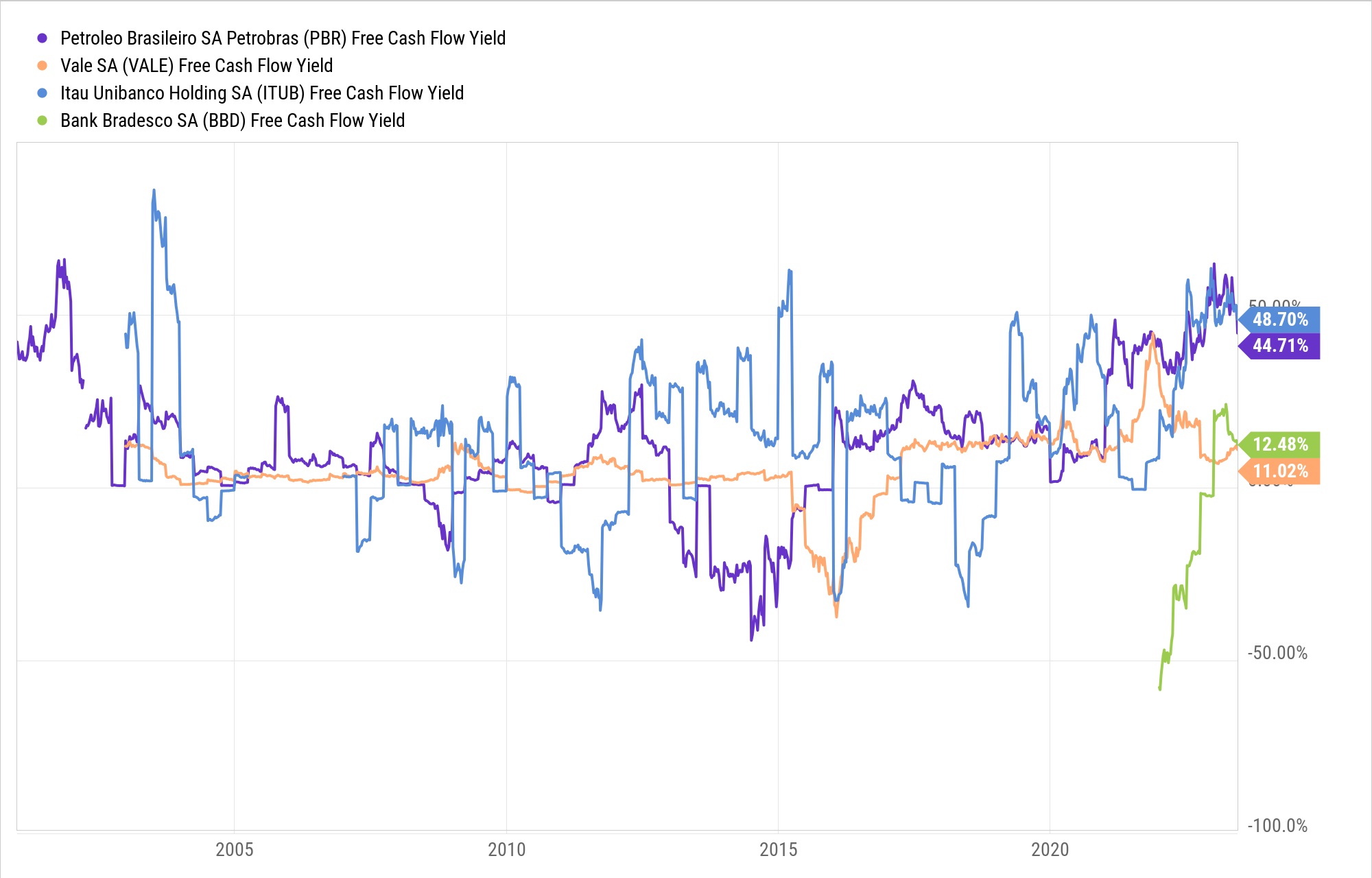Home>Finance>Value Investing Definition, How It Works, Strategies, Risks


Finance
Value Investing Definition, How It Works, Strategies, Risks
Modified: March 2, 2024
Learn the definition, strategies, and risks of value investing in finance. Discover how this investment approach works and make informed decisions to maximize returns.
(Many of the links in this article redirect to a specific reviewed product. Your purchase of these products through affiliate links helps to generate commission for LiveWell, at no extra cost. Learn more)
Welcome to the World of Value Investing
Are you looking to build wealth and achieve long-term financial success? If so, value investing may be the strategy for you. In this blog post, we will explore the definition of value investing, how it works, various strategies you can employ, and the potential risks involved. So, let’s dive right in!
Key Takeaways:
- Value investing focuses on identifying undervalued stocks that have the potential to provide long-term returns.
- It involves analyzing a company’s intrinsic value based on its financial statements and market conditions.
What is Value Investing?
Value investing is a strategy that aims to identify stocks that are trading at prices lower than their intrinsic value. The central principle behind value investing is to buy stocks when they are undervalued, wait for the market to recognize their true worth, and sell them at a profit.
Value investors believe that markets sometimes overreact to short-term news and fluctuations, causing stocks to be mispriced in the short term. By conducting careful research and analysis, value investors seek to uncover bargains in the market that have the potential for significant growth over the long term.
How Does Value Investing Work?
Value investing typically involves a thorough analysis of a company’s financial statements, including its balance sheet, income statement, and cash flow statement. By examining these key financial metrics, value investors aim to determine the intrinsic value, or the true worth, of a company.
Once a value investor has identified stocks that are trading below their intrinsic value, they will carefully consider the company’s competitive position, industry trends, and management team to ensure that the investment aligns with their long-term goals.
Value Investing Strategies
Value investing offers various strategies that investors can employ to find undervalued stocks. Here are a few popular approaches:
- Ben Graham’s Net-Net Strategy: This strategy involves identifying stocks that are trading below their net current asset value. By purchasing these deeply discounted stocks, investors aim to profit from the market correcting the undervaluation.
- Dividend Investing: Some value investors focus on stocks that offer consistent dividend payments. These investors seek companies with stable cash flows and a history of distributing dividends, as they believe it indicates a strong and undervalued investment opportunity.
- Contrarian Investing: Contrarian investors take a different approach by investing in stocks that are currently out of favor with the market. They believe that when sentiment improves, these stocks will experience significant price appreciation, providing attractive returns.
- Margin of Safety: This strategy involves purchasing stocks that have a significant gap between their market price and their estimated intrinsic value, providing a cushion against potential losses.
Understanding the Risks
While value investing can be a profitable strategy, it is important to understand the potential risks involved:
- Value Traps: Sometimes, stocks are trading at low prices for valid reasons. A value investor must carefully analyze the fundamental aspects of a company to avoid falling into a value trap.
- Market Volatility: Value stocks can experience periods of significant price fluctuations, which may test an investor’s patience and emotional resilience.
- Timing: Timing plays a crucial role in value investing. Investors may need to be patient and hold onto undervalued stocks for an extended period before the market recognizes their true value.
In conclusion, value investing is a strategy designed to identify undervalued stocks and capitalize on their potential for growth. By conducting thorough research, employing different strategies, and understanding the associated risks, investors can make informed decisions and increase their chances of long-term financial success.
So why wait? Dive into the world of value investing and start your journey towards building wealth and achieving your financial goals!














